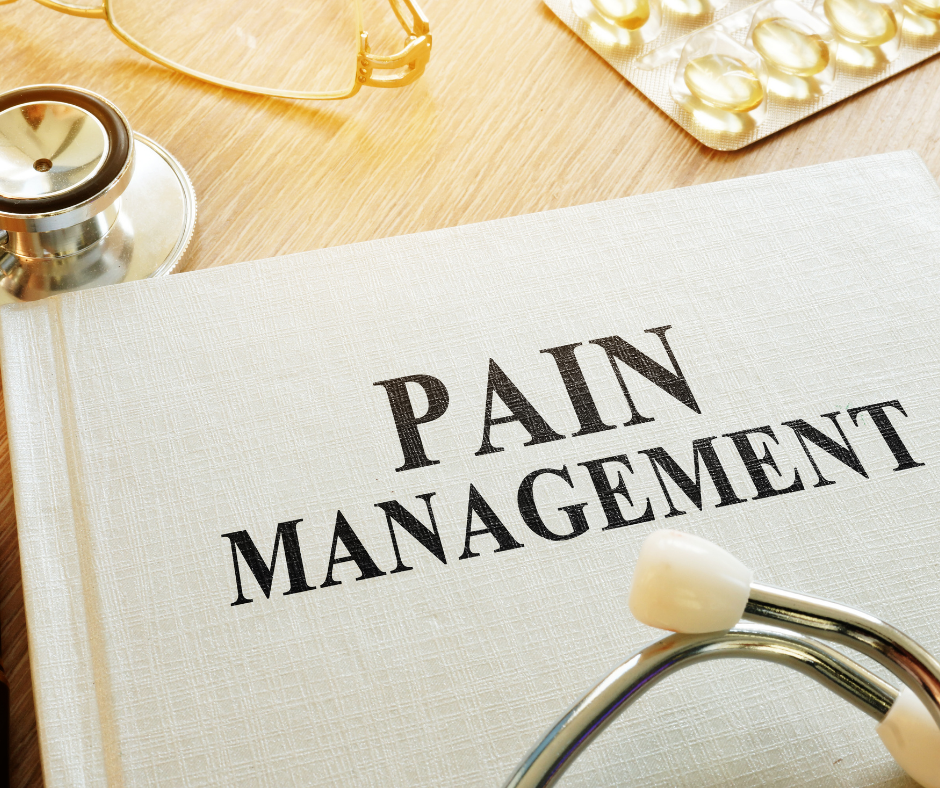
As an occupational therapy practitioner, did you know that the American Chronic Pain Association, the International Association for the Study of Pain, and the U.S. Pain Foundation recognize September as Pain Awareness Month?
Were you aware that the U.S. Department of Health and Human Services released recommendations for the treatment of pain in 2019? Or that occupational therapy was included in those recommendations?
Seven years ago, Niccole and I would have answered no to each of these questions. When we began working in a multidisciplinary pain practice, we had no idea just how many individuals there were whose lives had been changed significantly due to pain. We quickly realized that pain was much more complex than just an indication of tissue damage. The more we understood and learned about the biopsychosocial model of pain, the better we were able to relate to the pain experience of our clients. As we continued to dig into the evidence, the more apparent our previous misconceptions about pain became. We guessed that we were not the only occupational therapy practitioners who did not fully understand the biopsychosocial nature of pain.
It is our hope that this document will not only provide OTs, OTAs, and students knowledge, but that it will illustrate and promote how our training as occupational therapy practitioners prepares us to be leaders in the treatment of pain.
Dahlhamer, J., Lucas, J., Zelaya, C., Nahin, R., Mackey, S., DeBar, L., . . . Helmick, C. (2018). Prevalence of chronic pain and high-impact chronic pain among adults—United States, 2016. Morbidity and Mortality Weekly Report, 67, 1001–1006. https://doi.org/10.15585/mmwr.mm6736a2PubMed
U.S. Department of Health and Human Services. (2019, May 9). Pain Management Best Practices Inter-Agency Task Force report: Updates, gaps, inconsistencies, and recommendations. https://www.hhs.gov/sites/default/files/pmtf-final-report-2019-05-23.pdf
Kimberly Breeden, MS, OTR/L, Founding Partner
Did you know the following facts?
- Pain has been recognized by the U.S. Department of Health and Human Services as a public health problem that has significant physical, emotional, and societal costs? (HHS, 2019).
- Pain is one of the most common reasons adults seek medical care (Dahlhamer et al., 2018)
- “Stigma can be a barrier to treatment of painful conditions”, (HHS, 2019, p. 2).
- The biopsychosocial model of pain is the most widely used approach for the treatment of pain?
Were you aware that the U.S. Department of Health and Human Services released recommendations for the treatment of pain in 2019? Or that occupational therapy was included in those recommendations?
Seven years ago, Niccole and I would have answered no to each of these questions. When we began working in a multidisciplinary pain practice, we had no idea just how many individuals there were whose lives had been changed significantly due to pain. We quickly realized that pain was much more complex than just an indication of tissue damage. The more we understood and learned about the biopsychosocial model of pain, the better we were able to relate to the pain experience of our clients. As we continued to dig into the evidence, the more apparent our previous misconceptions about pain became. We guessed that we were not the only occupational therapy practitioners who did not fully understand the biopsychosocial nature of pain.
As we created an occupational therapy pain management program, we became inspired by the reality of how uniquely prepared occupational therapy practitioners are to treat pain. All OT practitioners already have the training to assess and treat self management within a biopsychosocial model; we just need to better understand pain. Every day Niccole and I became more excited to share our new knowledge and the successes we were seeing with our clients. It became our mission to share our knowledge and experiences to empower other OT practitioners. We hoped their new understanding would allow them to promote the value that OT provides to individuals and groups impacted by pain. That mission turned into an incredible journey shared with an amazing group of occupational therapy practitioners who have dedicated their careers to improving the lives of individuals with pain. As a part of this journey, it has been Niccole and I's absolute privilege to have the opportunity to co-author the AOTA official document “The Role of Occupational Therapy in Pain Management”.
It is our hope that this document will not only provide OTs, OTAs, and students knowledge, but that it will illustrate and promote how our training as occupational therapy practitioners prepares us to be leaders in the treatment of pain.
We hope you will join Aspire OT in taking time this month to reflect on and better understand the challenges that individuals with pain face and how occupational therapy can improve their ability to participate in the occupations important to them.
Check out our links below on Facebook, Instagram, Twitter and LinkedIn to continue the discussion!
Dahlhamer, J., Lucas, J., Zelaya, C., Nahin, R., Mackey, S., DeBar, L., . . . Helmick, C. (2018). Prevalence of chronic pain and high-impact chronic pain among adults—United States, 2016. Morbidity and Mortality Weekly Report, 67, 1001–1006. https://doi.org/10.15585/mmwr.mm6736a2PubMed
U.S. Department of Health and Human Services. (2019, May 9). Pain Management Best Practices Inter-Agency Task Force report: Updates, gaps, inconsistencies, and recommendations. https://www.hhs.gov/sites/default/files/pmtf-final-report-2019-05-23.pdf
Kimberly Breeden, MS, OTR/L, Founding Partner
